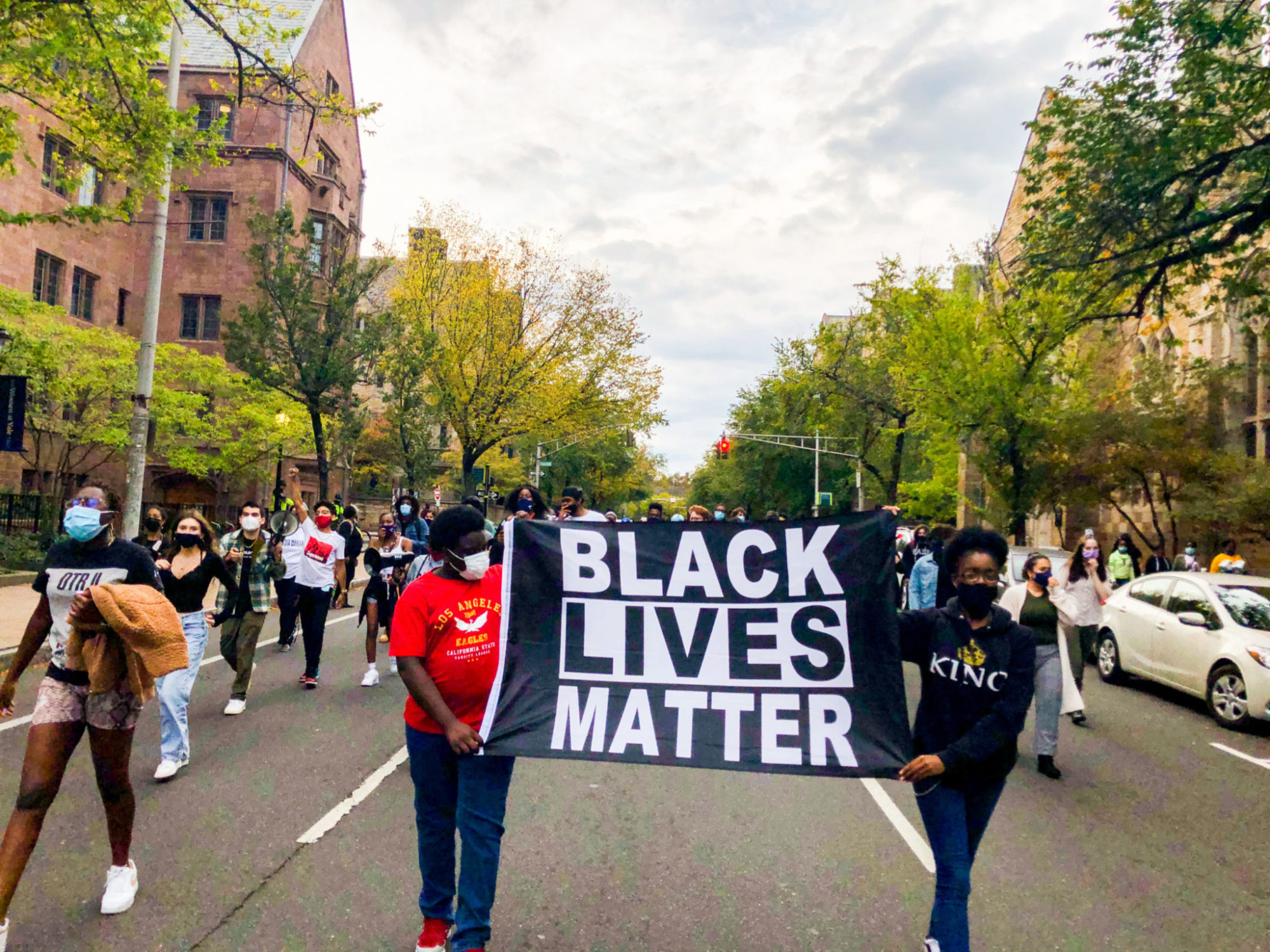
Jessie Cheung, Contributing Photographer
Editor’s note: This article was written in conjunction with the latest episode of “Full Disclosure,” a Yale Daily News podcast that features uncomfortable conversations on campus. The episode titled “Activism Beyond the Performance” discusses the nuances between genuine progress, performative activism and allyship with respect to social movements, with a particular focus on the impact social media has on virtue signaling.
According to a New York Times report, the wave of urban uprisings and protests that followed the police killing of George Floyd likely constituted the largest social movement in American history, with estimates suggesting up to 26 million Americans took to the streets this summer to voice support for Black lives and opposition to police brutality. Data trends suggest that millions more took to social media, using the hashtags #BlackLivesMatter and #DefundThePolice to voice support for the movement, organize aid for protestors and disseminate educational resources.
Amid this unprecedented explosion in popular engagement, however, some observers expressed concern that much of this engagement was performative, seeking to capitalize on the moment for social clout rather than actually support the movement and its demands.
These concerns were elevated with #BlackoutTuesday, during which millions posted black squares to social media to signal their support for the Black Lives Matter movement. Many activists allege that rather than support the movement, this flood of posts unintentionally drowned out critical information being used by organizers on the ground.
In a podcast interview, three Yale students involved with on-campus activism and two Yale professors who teach courses on social change discussed the role of social media in political movements and the distinction between performative activism and genuine progress.
According to Brianna Jean ’22, a writer for the feminist publication Broad Recognition, it is often hard to draw clear lines between performative allyship and true support. Jean noted that “it’s very hard for people to look at themselves and see how they are centering themselves inside of a social movement.”
While Jordi Bertrán Ramirez ’24, who was involved in the planning of last year’s Harvard-Yale protest, believes that many actions commonly considered performative come from a place of sincerity, he thinks social media’s focus on the individual lends itself to virtue signaling and performance.
“You have this social approval that comes with posting — we conflate likes and views and follows with value — and so even with people who are of the best intentions, you’re trying to play this game, this algorithm, of social media, while trying to promote something that is inherently not individualistic,” Bertrán-Ramirez said.
Black Students for Disarmament action chair Isaac Yearwood ’22 proposed some questions one can ask themselves when trying to discern whether an action is constructive or performative: “How many people are actually being helped? How many folks who are ready and willing to help? … How many voices can be uplifted?”
Professor Pamela Hovland, who will teach “On Activism: The Visual Representation of Protest and Disruption” in spring 2021, sees the debate over #BlackoutTuesday and performative activism more broadly as a part of the revision and refinement necessary for all successful social movements.
“I think that [#BlackoutTuesday] was more powerful in the end because of the critique that resulted from it,” Hovland said. “If you were someone that gave over to that quickly … and then heard about that critique afterwards, it caused you to think: What am I doing in addition to this? Am I donating to the cause? Am I speaking to other people about this offline?”
Professor Harry Thomas of the Jackson Institute for Global Affairs, who currently teaches “Global Black Lives Matter,” expressed a similarly optimistic view regarding the past summer’s performative activism. According to Thomas, the growth of performative activism actually exemplifies the growing social power of the movement.
“Everyone had a black square,” Thomas said. “Everyone said #BlackLivesMatter. Two years ago, that would not have happened in the suburbs. It would not have happened in East Hampton.”
All five guests acknowledged that the distinction between virtue signaling and genuine allyship is not black and white, and performative activism and progress are not mutually exclusive. Rather, they suggest that both are unavoidable parts of any social movement which organizers and activists can potentially capitalize on.
Jordan Jenkins | jordan.jenkins@yale.edu







